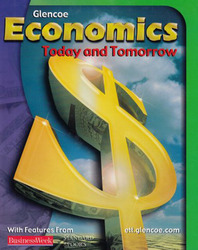1 A) More than 60% of the trucks and buses purchased and used in the United States are imported from foreign nations. B) Because the availability of natural resources differs greatly among nations, international trade helps nations obtain natural resources that they lack. C) International trade provides employment in industries that export their products overseas. D) Without imports, the U.S. would have no coffee, chocolate, or pepper. 2 A) an absolute advantage. B) an opportunity cost. C) comparative advantage. D) the combination of resources. 3 A) A nation has an absolute advantage only when no other nation can produce the same product. B) A nation has an absolute advantage when it can produce a product at a lower opportunity cost than another country. C) A nation has a comparative advantage when it can produce a product at a lower opportunity cost than another country. D) A nation has a comparative advantage when it can produce a product at less cost when using the same amount of resources as another country. 4 A) easier trading among nations. B) a fixed rate of exchange. C) a way for international firms to easily and quickly convert their currency to another. D) a way for countries to know the value of their currency in terms of another nation's currency. 5 A) changes daily. B) stays the same for a period of time. C) changes infrequently. D) never changes. 6 A) elasticity of demand. B) depreciation. C) devaluation. D) foreign exchange. 7 A) a nation does not deal in international trade at all. B) the value of exports equals the value of imports. C) the value of exports exceeds the value of imports. D) the value of imports exceeds the value of exports. 8 A) If a nation's currency depreciates, the nation's exports will increase. B) If a nation's currency increases in value, the nation's exports will increase. C) If a nation's currency depreciates, the nation's imports will increase. D) Exchange rates have no effect on a nation's balance of trade. 9 A) embargoes. B) tariffs. C) quotas. D) specialization. 10 A) foreign competition. B) new industries. C) economic security. D) job security. 11 A) Less American money in the world market means fewer American exports are sold. B) Trade restrictions damage import industries. C) Competition results in improved products. D) Job security is threatened. 12 A) European Union (EU). B) World Trade Organization (WTO). C) North American Free Trade Agreement (NAFTA). D) General Agreement on Tariffs and Trade (GATT).





